WIT Summit Silicon Valley 2020 Q&A with Veronica Millan
Ahead of Women in IT Summit Silicon Valley, Veronica Millan, global CIO at MullenLowe Group, spoke with Information Age about promoting diversity, and what she’ll be discussing at the event.

Veronica Millan, global chief information officer at MullenLowe Group, will be moderating a fireside chat, titled ‘Creative Problem-Solving Under Pressure’, at the Women in IT Virtual Summit Silicon Valley 2020 on the 7th October.
The session explores how companies and teams can respond to new and unique challenges, while discussing how leaders can collectively – and virtually – be more innovative in their problem-solving.
If you would like to register for the event, please click here. Registration for the summit is free of charge.
Why do you think a lack of diversity is still a problem within IT?
I am a Latina, as well as being a woman CIO, which means I am part of a minority within tech. I recognise that I’m battling the odds and I think part of the problem is access.
We need to have more conversations about how to bring more women into technology at the right level. On one level, we need to look at if we’re hiring women straight after university, when they are thinking about their profession, and there are a lot more programs that are trying to catch women at university level.
The next conversation that needs more work, is how to we engage women or girls earlier in their academic careers. We need more programs for school age girls to get them interested in STEM. It’s important for us to ensure girls don’t lose interest in a potential career in tech as they progress through to secondary school.
The challenge after encouraging girls to pursue a career in technology is to ensure that any work environment, which is typically male-dominated, is comfortable for a woman.
As a woman in IT, how do you go about promoting diversity within the workplace?
As an agency, MullenLowe Group has always asked, are we being inclusive? We are constantly carrying out internal training to stamp out unconscious bias and have pledged to hire from a more diverse pool, which includes women and various other minorities, whether that is African American or LGBTQ+.
This commitment isn’t just at the entry level of our organisation. We want to bring these percentages up in upper management and middle management.
I’m also really proud of the work I’ve done within my team — I’ve challenged all my direct reports that they need to hire different types of people. Most of my direct reports are male, but I’m asking them to hire women and people who are socially, economically, racially and ethnically different from themselves. We’ve had some success with this and over the last year or two, since I’ve been CIO, we’ve increased our percentage of women by approximately 50%.
Another example is that I promoted a woman into a manager position, because of her potential. And that’s one of the challenges I think that women have, as opposed to men — men tend to be hired on their potential, whereas women have to show all the work they’ve done to be considered for a position.
With this individual, I saw her ability to be organised and interact with people. She’s a great communicator, but what she didn’t have in her background was the technology knowledge. I wanted to give her was a chance, because anyone can learn technology, but it is much harder to have strong communication skills, be a good manager and be organised. And so far, she’s taken on the challenge and excelled.
Could you please expand on the fireside chat that you will be moderating during WIT Summit Silicon Valley?
During our fireside chat we will be discussing creative problem solving. It is such an interesting topic, because you can really take it in many different ways. We’re going to explore traditional and innovative ways of looking at creative problem solving, and then expand on how diversity and inclusion improves problem solving challenges.
This article originally appeared in Information Age






